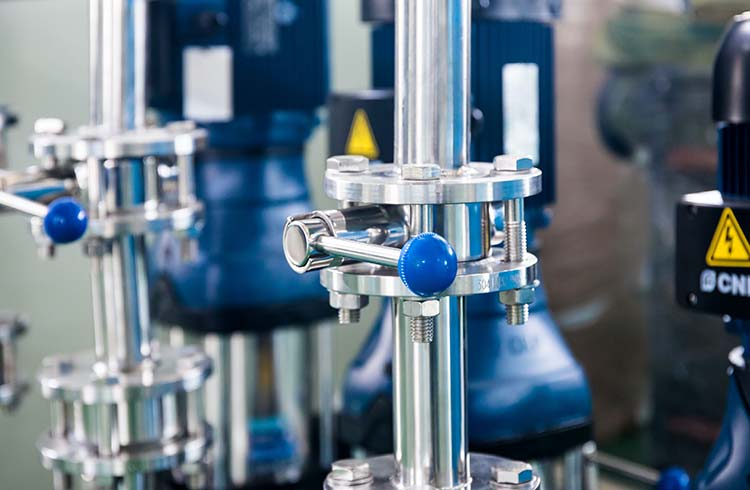- Room for insight!
- (02) 860 88 960
- info@controlhub.com.au
Industrial Automation can save Australian industry

How to become a professional PLC programmer
5 May 2022
Robotic vision system VS. computer vision system
19 May 2022Industrial Automation can save Australian industry
From collaborative robots that act as “smart assistants” to relieve their human colleagues of monotonous, physically demanding or risky work, to intelligent machines that autonomously coordinate production processes, to finish “smart factories” that in large part do without human intervention: with the advances specially within the fields of artificial intelligence, robotics and the "internet of things" - i.e.
the networking of machines and objects - the automation of industry should continue to boost up in the future. It is not for nothing that the digitisation of manufacturing is considered the fourth industrial revolution and is consequently on a par with the earlier upheavals caused by the steam engine, assembly line and computer. in the long term, within the for the "industry 4.
Not a new trend – but new possibilities
Automation is not a new trend: Japanese companies, for instance, commenced investing heavily in robots as early as the 1990s. Since then, the number of robots per 10,000 employees has increased from around 50 to several hundred. This makes Japan one of the most automated economies in the world. What is new, however, are the technological possibilities and the rate of the global automation movement. Specifically, the manufacturers of food and household products as well as Electric vehicles and electronics are increasingly relying on automation.
Increasing productivity, falling labour costs
The primary reasons for companies to drive automation are to increase productivity while decreasing costs and improving product quality. In addition, digitisation can make production processes more flexible, and capacities may be better utilised. For instance, by means of monitoring production processes in real-time and, if essential, by automatically ordering raw materials in a desirable time, idle times can be decreased as well as storage costs - through "just in time" production. In addition, the reduction of labour costs is one of the goals - mainly since the salary level is rising in previous low-wage countries. This applies in particular to China, long known as the “workbench of the world”:
While the average wage in China in 2000 become still around 9,300 yuan a year – the equivalent of around 1,200 euros
Structural change in the labour market
Increasing automation may also stimulate potential increase, which has been stagnating for years – both in the industrialised and in the emerging countries. However, the effects on the labour market are controversial: the optimists hope above all for an increase in productivity, while the pessimists see the risk of a mechanised working world in which intelligent machines gradually replace people and push them out of the labour market. However, there is agreement that there will be a profound structural change in the labour market in the coming years and decades.
The technology industry and users could benefit
Companies from the technology sector in particular – both in the hardware and software sectors – and users of industry 4.0 applications are possibly to benefit from the growing degree of automation. Machine builders, for instance, could benefit as users of industry 4.0 applications. All in all, investments in companies that are active in these areas could represent an interesting addition to the portfolio of investors willing to take risks in the long term. Due to the extensive range of possible investment goals, active management, for example within the framework of a corresponding investment fund, seems advisable.



